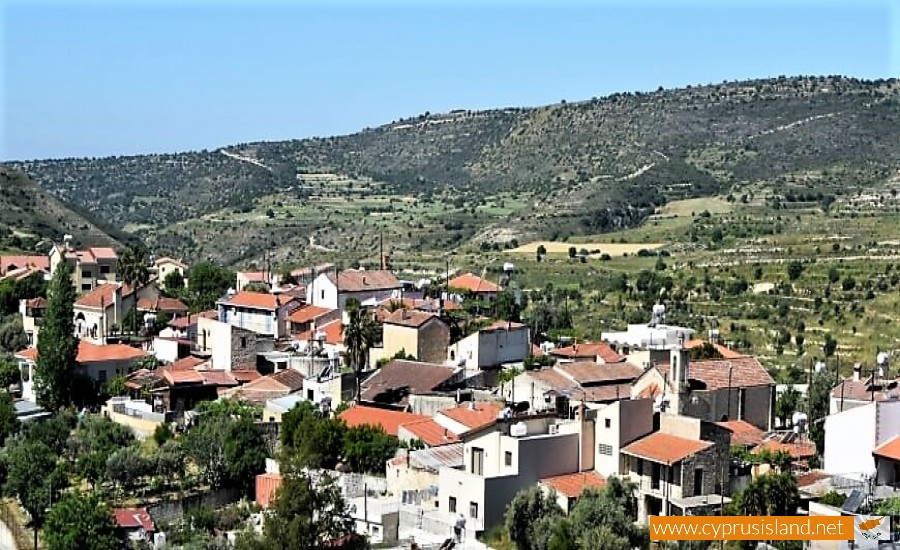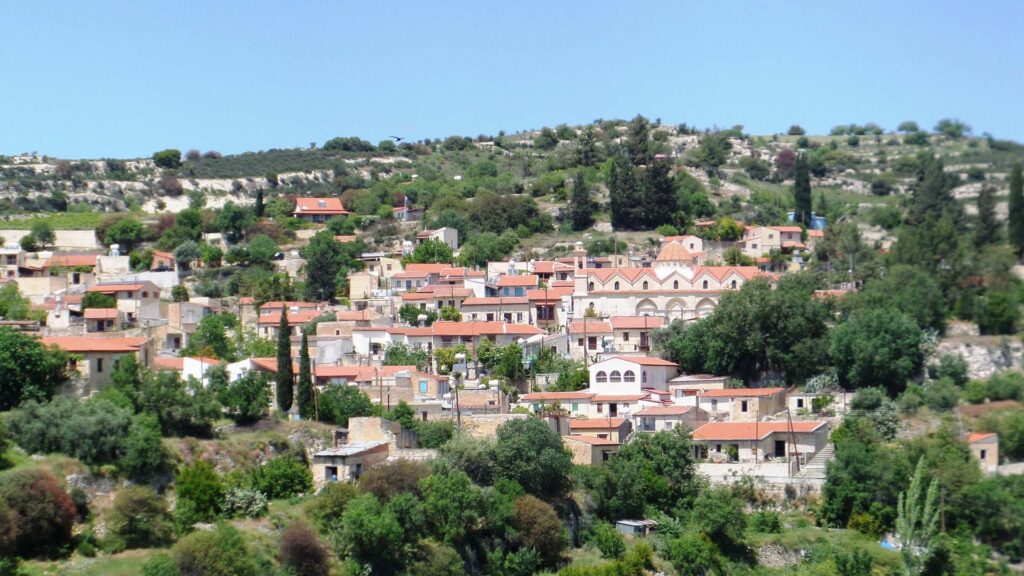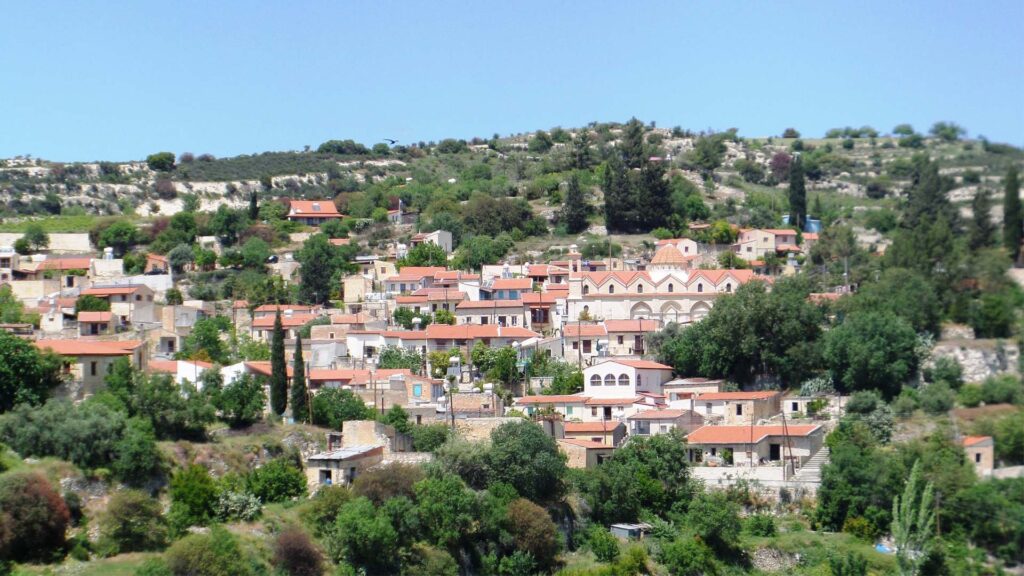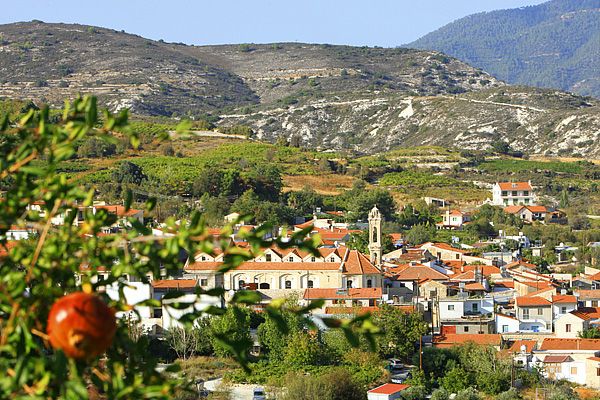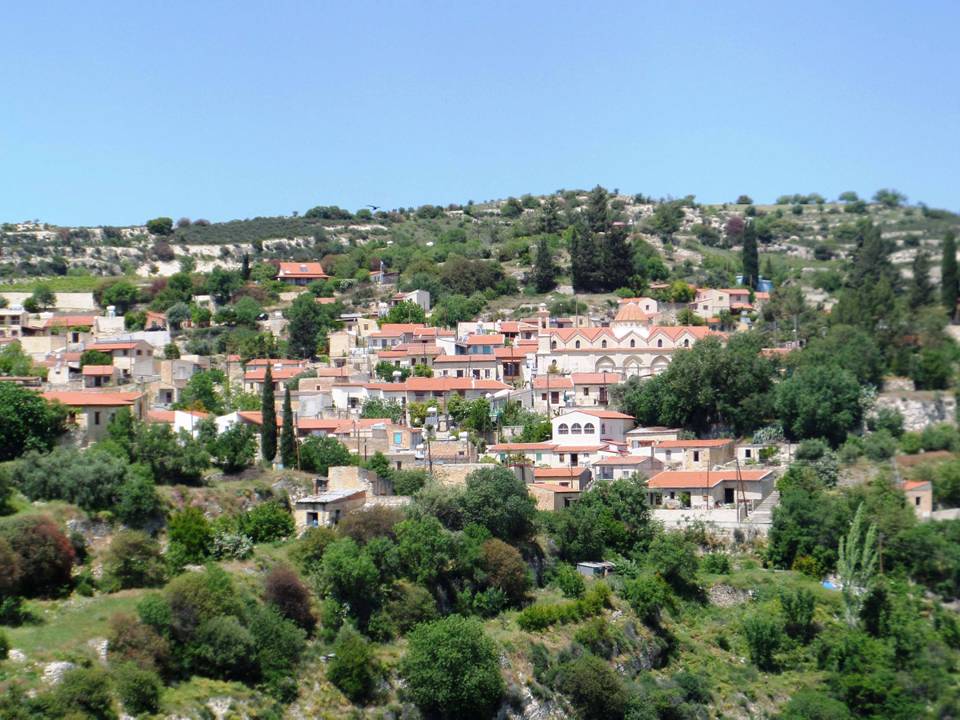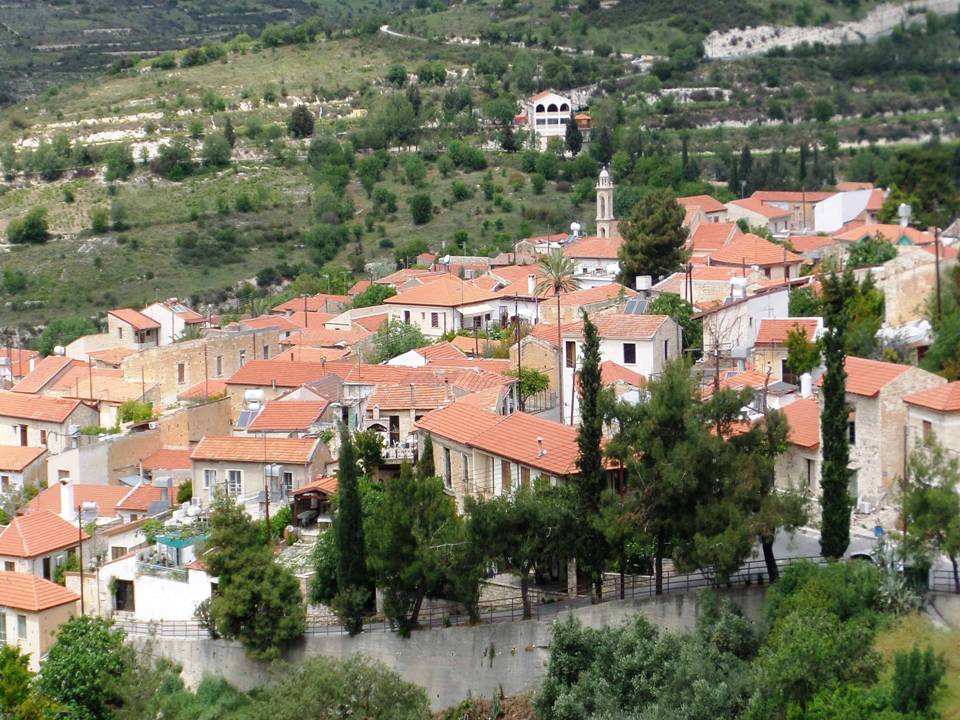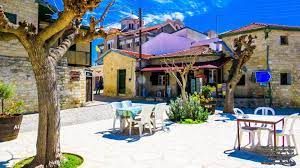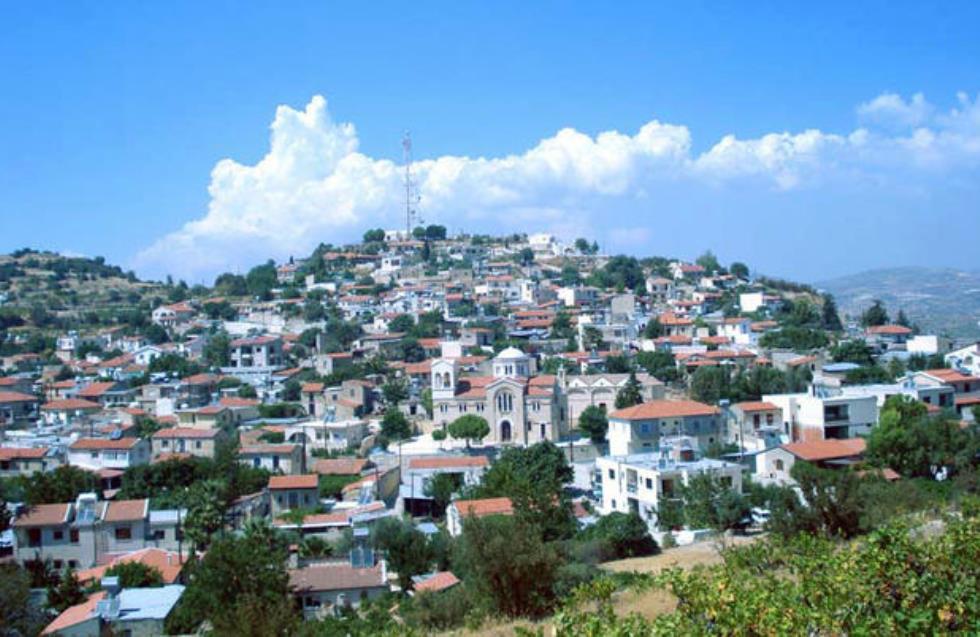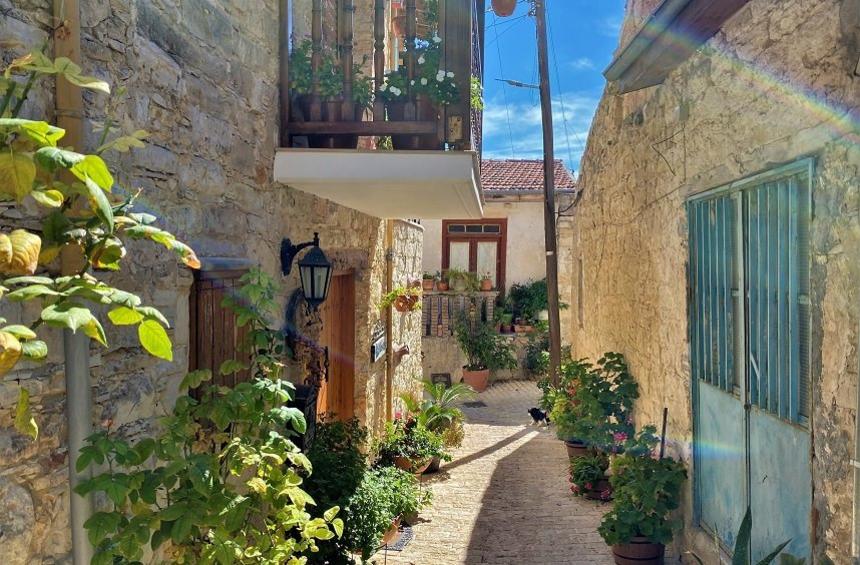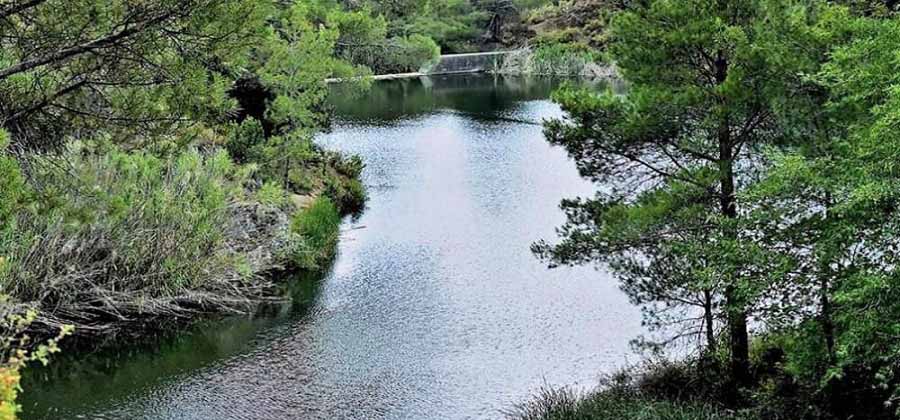A Tour Through The Wine Villages of Limassol
Limassol, located on the southern coast of Cyprus, is a city known for its beautiful beaches, vibrant nightlife, and rich history. But beyond the bustling city centre lies a hidden gem – the wine villages of Limassol. These quaint villages are home to some of the island's most renowned wineries and offer a unique opportunity to explore the rich wine-making traditions of Cyprus.
Our journey begins in the village of Pano Kyvides, a beautiful village on the main road connecting several wine villages in the area. Kivides is a small picturesque and relatively newly built village in the Limassol district know for its vine yards and wine production. After a small wonder in the village we continue north.
We stopped in the village of Agios Amvrosios a small village of around 300 inhabitants in the Limassol district. The village of Agios Amvrosios is one of the most beautiful wine villages in the Limassol district, known for its viticulture and delicious wines. We walked through the picturesque narrow streets and stopped at the local “kafeneio” for a Greek coffee before we continue our tour.
We stopped in the village of kissousa a neglected village of the area since it could not get the required development of the large villages of the island so little by little it was abandoned and today stands with only 6 inhabitants.
We continue to the next village of Malia also an abandoned village since 1974 after the Turkish invasion. Today Malia village is inhabited with around 65 inhabitants, the majority of whom are refugees.
Taking a walk in the village, apart from the plethora of
old uninhabited and half-ruined houses, you will come across the Turkish mosque in the upper neighbourhood and the church of Panagia Eleousa built in the shape of a basilica, in the lower neighbourhood.

Our next stop was the village of Omodos, nestled in the Troodos Mountains. Omodos is a charming village with narrow cobblestone streets and traditional stone houses. The centrepiece of the village is the Monastery of the Holy Cross, a 17th-century monastery with a rich history and stunning architecture. But Omodos is also known for its
winemaking, and visitors can explore the local wineries and taste a variety of wines, including the famous Commandaria, a sweet dessert wine that has been produced in Cyprus for over 2000 years.
From Omodos, we make our way to the village of Vasa, another picturesque wine village located just a short drive away. Vasa is known for its traditional Cypriot architecture and its stunning views of the surrounding countryside. The village is also home to several small wineries that produce a variety of wines, including dry whites and robust reds. Visitors can enjoy wine tastings and tours of the vineyards, and learn about the unique grape varieties that are grown in the region.
Next stop the village of Arsos, one of the most picturesque wine villages in Limassol. Arsos is known for its traditional stone houses and narrow streets, and the village offers stunning views of the surrounding vineyards and mountains. Arsos is home to several small wineries that produce
high-quality wines, and visitors can enjoy tastings and tours of the vineyards. The village is also a great place to explore the local culture and traditions, and visitors can visit the traditional coffee shops and taverns to experience the warm hospitality of the Cypriot people.
Our next stop was the village of Dora, A village with tradition and history with picturesque narrow streets and stone built houses. The village is well known for its vine yards and excellent wines.
We continued to the village of Anogyra, another village. A village with culture, beauty and tradition. A picturesque village with characteristic architecture, cobbled streets and stone-built houses is the ideal choice for an excursion. Apart from its vine yards and wine producing, Anogyra is famous for its carob, carob syrup and excellent quality sesame bar.
Pachna Village was our next stop, a village of Limassol that belongs to the geographical region of the city’s vineyards. The grape varieties traditionally planted here were “black” and “xisteri”. It was time for another Greek Coffee in the local “kafeneio” before we continue our tour.
We left Pachna and arrived at Vouni village, one of the most beautiful and peaceful villages in the area. Vouni is a beautiful, picturesque village in the Limassol district and the wine village region. Visitors here can sample some of the village’s local products.
Koilani Village
Next, we head to the village of Koilani, located in the heart of the wine-producing region of Limassol.
Koilani is known for its fertile soil and ideal climate for grape cultivation, and the village is home to several large wineries that produce a wide range of wines. Visitors can explore the vineyards and cellars, and learn about the wine-making process from the experts. Koilani is also a great place to sample local Cypriot cuisine, and visitors can enjoy traditional dishes paired with the village's finest wines.
Our final stop is the village of Pera pedi a picturesque village of Limassol with beautiful traditional architecture. It is a small village with about 150 inhabitants. In Pera Pedi are cultivated the vineyards of wine varieties, apple trees, pear trees and others.
Conclusion
As we conclude our journey through the wine villages of Limassol, it's clear that these charming villages offer a unique opportunity to explore the rich wine-making traditions of Cyprus. From the historic village of Pano Kyvides to the picturesque village of Pera Pedi, visitors can enjoy wine tastings, vineyard tours, and stunning views of the surrounding countryside. Whether you're a wine enthusiast or simply looking for a unique and authentic experience in Cyprus, the wine villages of Limassol are not to be missed. So why not grab a glass of Commandaria and raise a toast to the beauty and tradition of Cypriot winemaking? Cheers!



